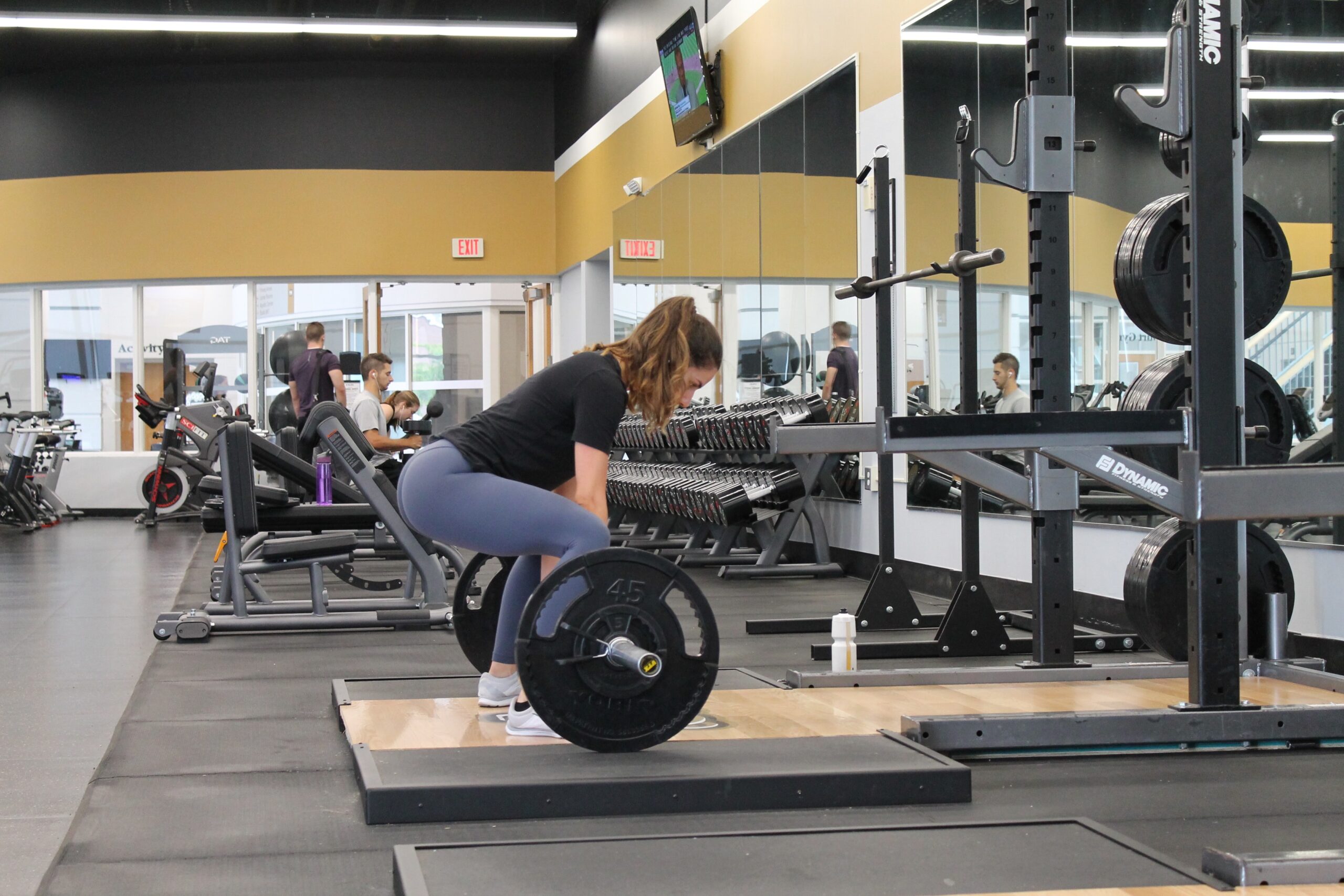 How to Make the Most of Your Off-Season
How to Make the Most of Your Off-Season
by Mitch Davis
I’m sure there is some bad-ass motivational quote that talks about how winning doesn’t occur in-season, but it is the off-season that matters. Since motivational quotes are stupid, we’ll get more to the point. First, what is your off-season? For a college athlete, this means 7-9 months. For the multi-sport high school athlete, the “off-season” might never truly occur. To keep things organized, we’ll assume that the off-season is anything we’re doing to prepare for our main sport, regardless if you’re a multi-sport athlete.
First, I believe athletes need to do away with the belief that they must gain as much weight as possible in the off-season. We see far too many athletes trying to gain as much mass as possible in a short amount of time. This doesn’t mean we shouldn’t strive at gaining some weight. But, if the only goal is to acquire mass, chances are we’re not as focused on things like speed, power, and overall athleticism.
Second, the further away from your season, the more of a need for generalized fitness, or general physical preparedness. You don’t need to worry as much about things that will directly improve your sport specific performance. As you edge closer to your season, your weight room activities begin to narrow, focusing on the things that will most benefit you in-season.
You must prioritize, depending on where you’re at in your off-season. If your goal is to get stronger, speed-based movements must take a back seat. If you need to develop power, raw strength needs to be minimized. We make the mistake of trying to improve everything all at once and what usually happens is we wind up minimally improving in a lot of areas. Instead, by focusing on a specific component of training, we can greatly improve said component. If your training is done correctly, you won’t lose abilities in other areas. In fact, if you’re a younger athlete, you can improve other areas of your athleticism simply by focusing on one component. That is, if you want to improve speed, but you’re focusing on strength, you can and will get faster by getting stronger. Note: This isn’t so much the case with older or more experienced athletes.
Stop chasing 1RMs. Coaches should absolutely let you chase a 1RM. But, the longer we train and the older we are, these max effort attempts should be spaced much further apart. Inversely, you must be able to move heavy loads at fast paces. If you’re only attempting sets of 10 to 12 repetitions, your ability to produce speed and power is greatly minimized.
A very simple progression to follow from post-season to off-season into pre-season is: Play -> hypertrophy -> strength -> strength-speed -> speed-strength -> speed.
Play: take time away from the weight room and from your sport. If you do go to the weight room, allow yourself the freedom to goof around. Nothing you do should be very structured. Your well-being will thank you for it. This should be anywhere between 2-8 weeks in length, depending on how you’re feeling, sport, etc.
Hypertrophy: Not everyone needs a muscle building phase, but for those who want to put on a bit of size, this block can last anywhere between 8 to 16+ weeks. You’ll be focusing on a lot of heavy sets with higher reps, minimal rest periods, and a lot of soreness!
Strength: We can begin to work toward more movements that pertain to our sport. We’re focusing on moving heavy objects. This can last anywhere between 4 – 12+ weeks depending on sport and the individual.
Strength-speed starts to focus on moving heavy objects extremely fast. We still focus on moving heavy loads, but we now start to dial in explosive based movements such as Olympic lifts, plyometrics, and sprint work. As this progression continues, we start to emphasize more of the speed movements and less of the strength movements (speed-strength). This block can last anywhere between 4 – 8+ weeks.
As we approach our pre-season, we can begin to focus on speed. Some coaches might call this power. Heavy emphasis on moving extremely heavy loads as fast as possible. Olympic lifts should be a main component of your training. Sprint drills and loads of plyometrics. This does not mean an absence of strength movements, but we’re shifting focus on what takes priority. This can be implemented just prior to the season and continue through your season.
There is no one-size-fits-all approach here, but I have found this progression very useful. Build yourself a body that is robust and resilient with hypertrophy work. Create strength and progress into developing power. Do this indefinitely and you’ll notice some serious results.
Check our Tips and Tricks for more information on our YouTube channel!
Mitchell Davis is the Director of Remote Coaching at Power Train Sports & Fitness. He is a PhD candidate at Liberty University where he is pursuing his doctorate in Health & Exercise Science. He has been a coach and educator for 13 years, serving in roles such as collegiate strength and conditioning coach, high school strength and conditioning coach, adjunct professor, personal trainer, and fitness consultant.
Leave us a comment below! Let us know your thoughts on this article and leave any questions you’d like answered in a future blog!

 How to Make the Most of Your Off-Season
How to Make the Most of Your Off-Season